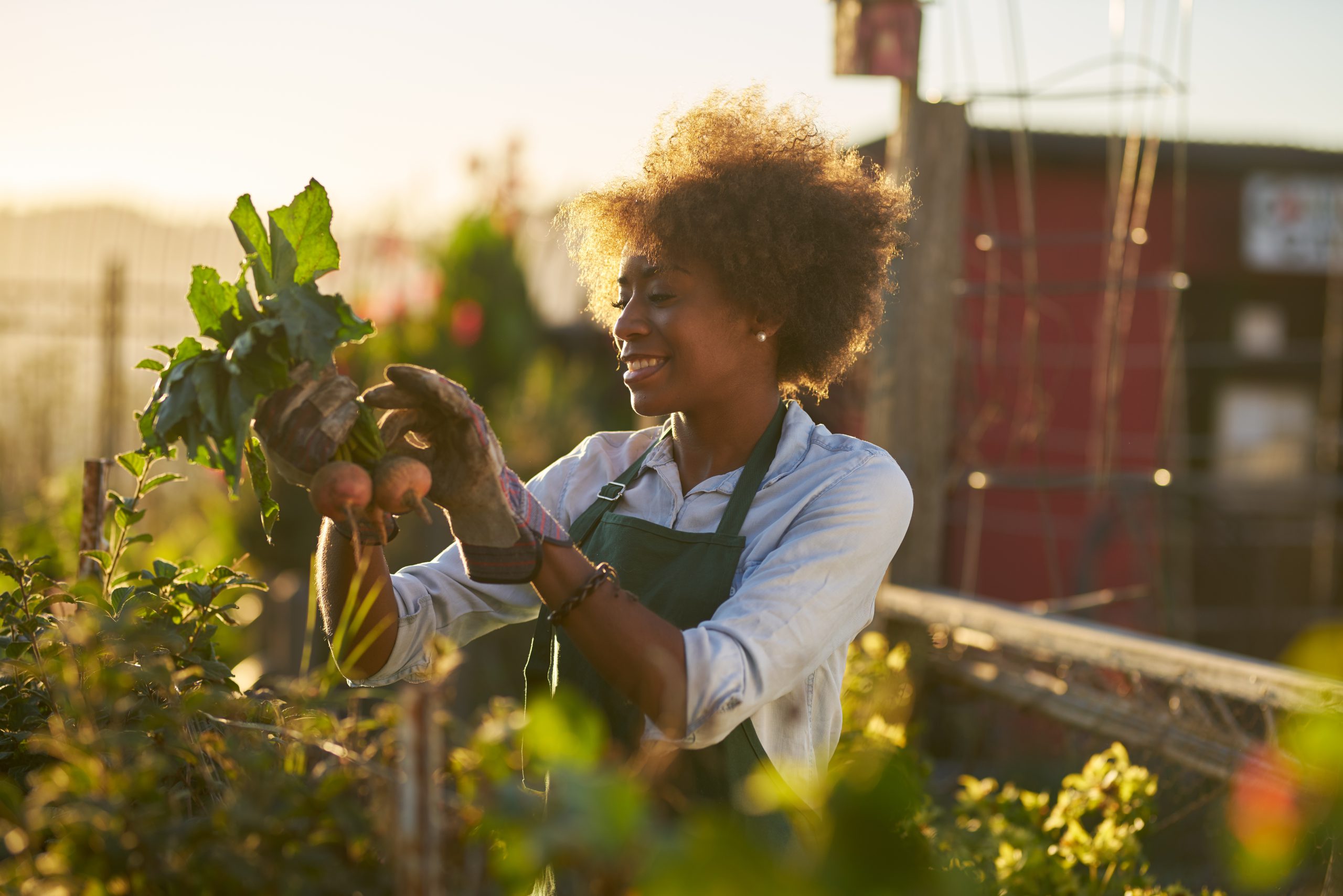Sun Safety
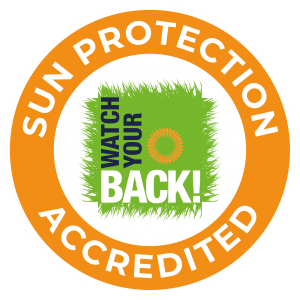
Keeping safe in the Sun
Advice from Melanoma Fund's 'Watch Your Back!' Campaign
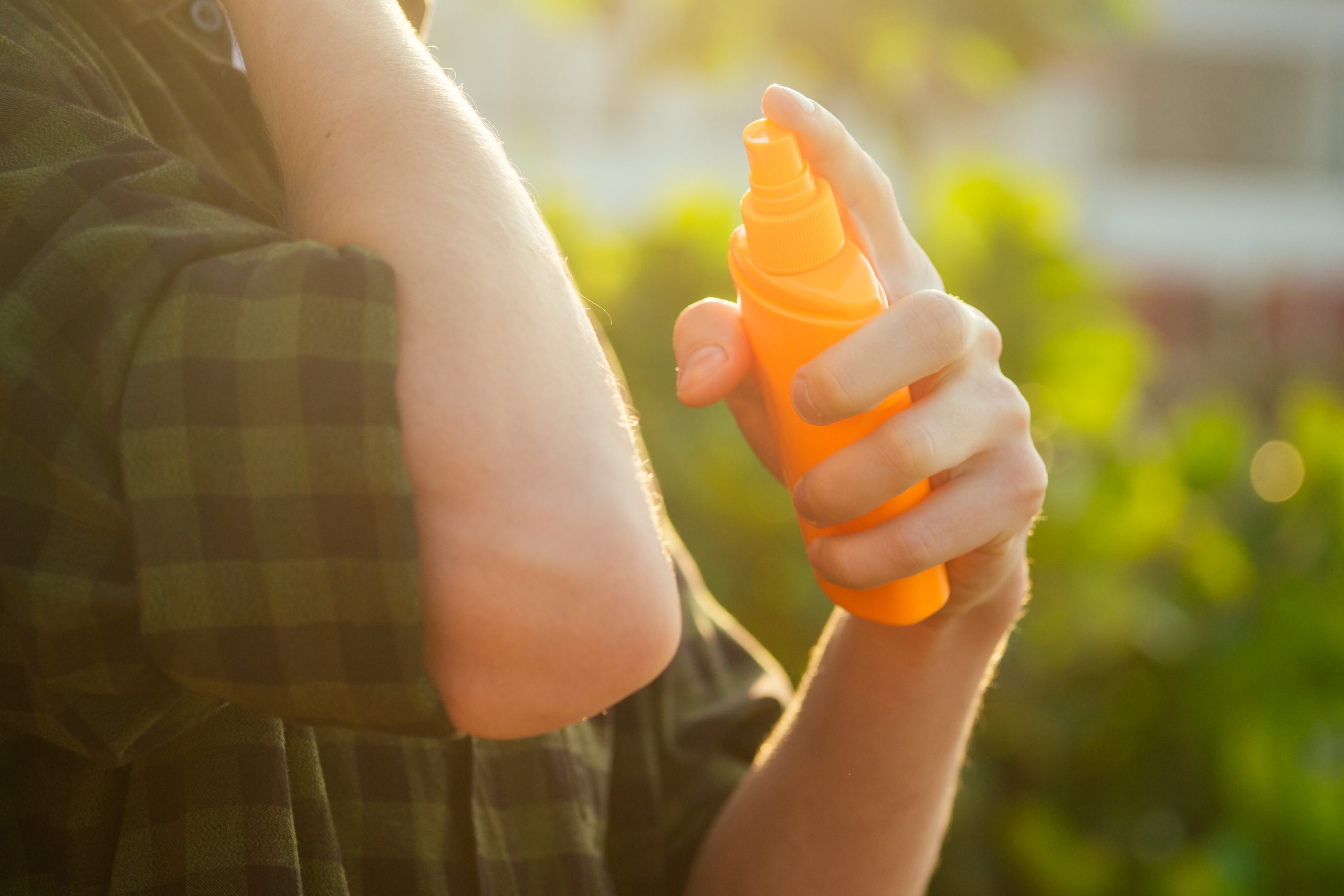
Sunscreen
- Apply a broad-spectrum SPF30+ product paying special attention to your ears, nose, other areas which are especially sensitive, and prone to burning.
- Once applied to the skin, reapply sunscreen every 2 hours, and less if you are prone to excessive sweating or simply working hard!
- If you find it difficult to reach those tricky places, get someone else to do the honours and follow suit, or simply wear protective clothing.
- Hand are vulnerable to the sun and are a common place for all types of skin cancer, ageing and age spots. Reapply sunscreen after washing hands.
- Most sunscreens have a three-year shelf life, but the more the bottle is opened and closed and handled with grubby hands, the more contamination can enter and hasten degradation.
- To avoid degradation, store sunscreen out direct sunlight, and away from extreme hot or cold temperatures.
Sun time
- Sun protection is recommended from March until October, with the early days of spring a prime time for sunburn.
- UV rays penetrate cloud and haze, and the weather can also fluctuate and catch you out, so be sun prepared in the morning.
- It is easy to plan 10 minutes doing an outdoor task, which then turns into a couple hours and possibly sunburn…so get into the habit of applying sunscreen before you start.
- Remember that the sun moves during the day. What was the shade in the early morning will not be a few hours later so keep an eye on the shade, and if possible plan around it.
- Avoid the sun at its strongest between 11am and 3pm. On particularly hot days, plan shade-based gardening activities around these times.
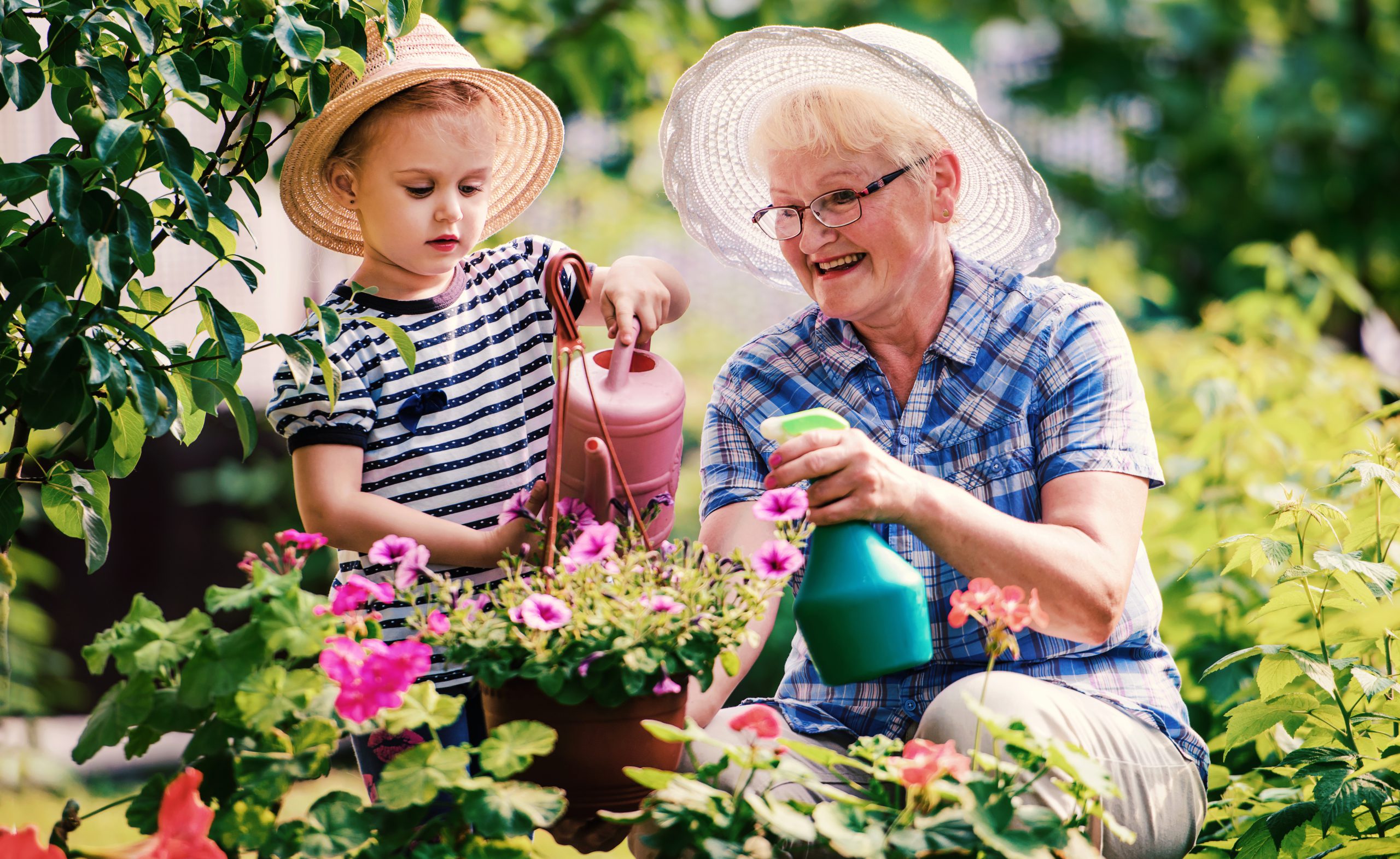
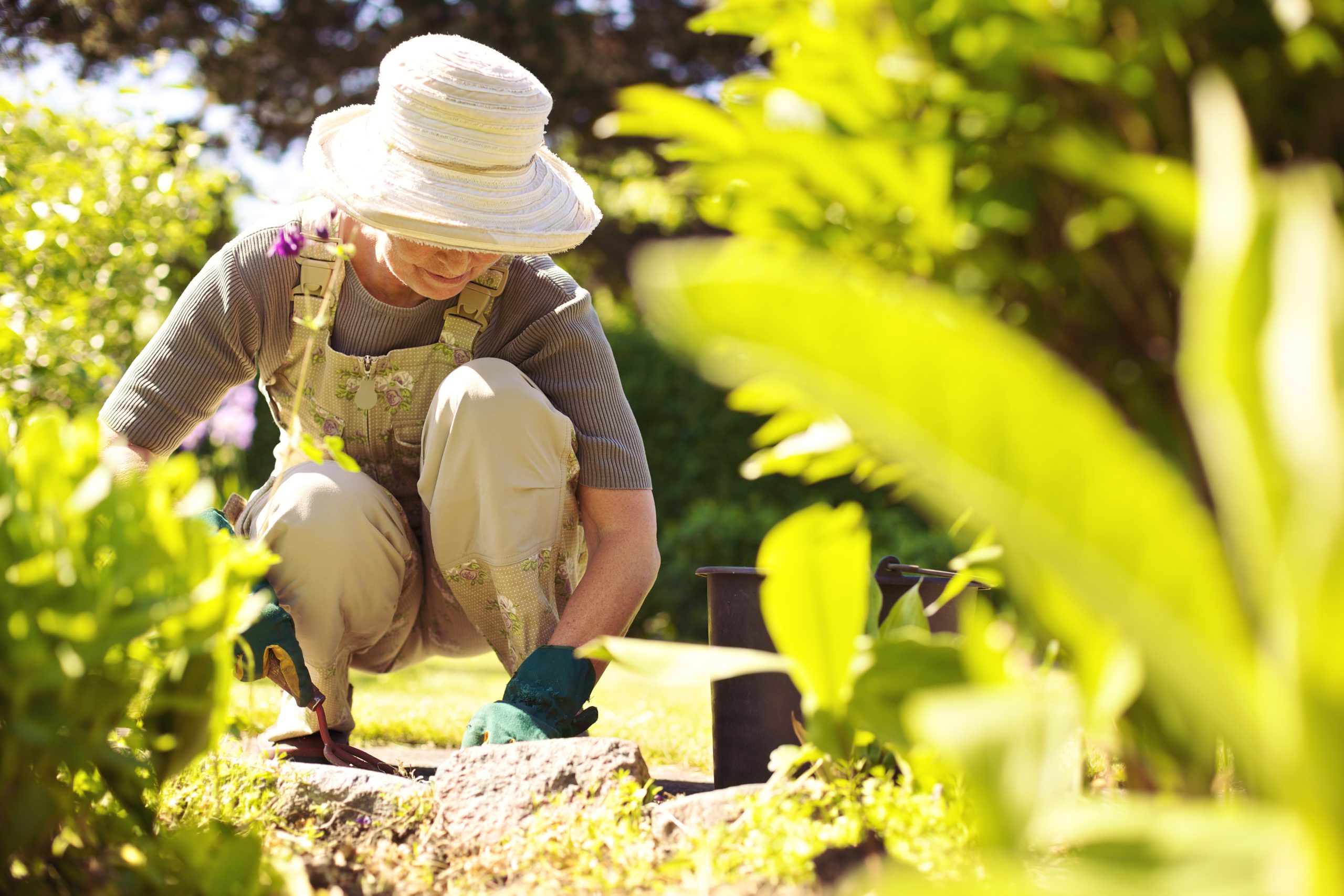
Protective Clothing
- Clothing should always be the first line of defence when it comes to sun protection.
- Always wear a protective hat; your forehead, scalp and ears are high risk areas for skin cancers, and even more so if you are bald or have thinning hair, so wear something with a legionnaire flap at the back.
- Wear clothing that protects arms and legs; ideally choose garments with a tight weave as these offer the best protection.
- When the day heats up, it is a natural impulse to remove clothing, which will means your skin will be more exposed and unprotected. Keep a light top on.
- There has been an increase in the early formation of cataracts linked to prolonged sun exposure over recent years. Wear wraparound sunglasses which offer all round protection.
General sun sense
- Time flies when you are preoccupied, so add a timer on your phone or watch to remind you to reapply sunscreen every few hours, and to seek shade during the hottest part of the day.
- Drink often and preferably with water as this is the best way to rehydrate. Keep a reusable bottle topped up and at hand.
- If you are gardening or working in an area which recieves full sun, why not put up a makeshift umbrella/parasol, sun tent/gazebo or choose a spot in the shade instead?
- The UV Index scale is a great tool to tell you how quickly sunburn can occur. When the UV index hits 3, use sun protection and watch out for surfaces like sand which can reflect UV light.
- Greenhouses and polytunnels can protect skin against UVB rays which cause burning, but they do not block UVA ray which causes premature ageing, so take the same precautions as if you were gardening outside.
- A tan is a great way to prematurely age your skin, encourage age spots and thread veins, as well as heightning the possibility of developing something more serious.
